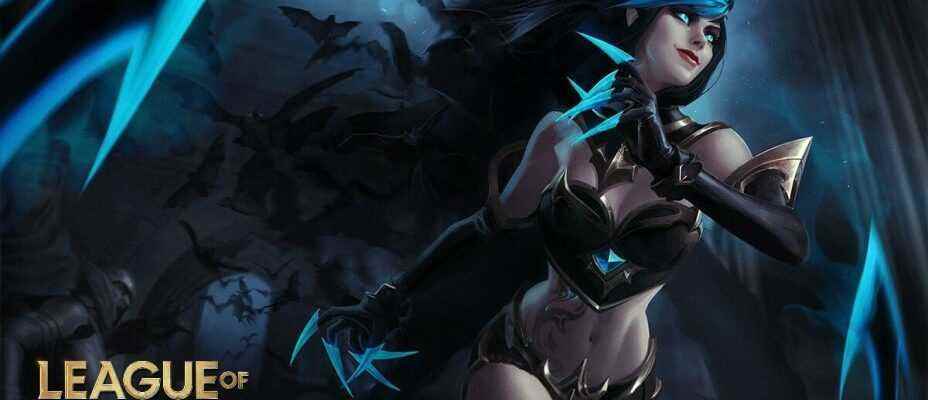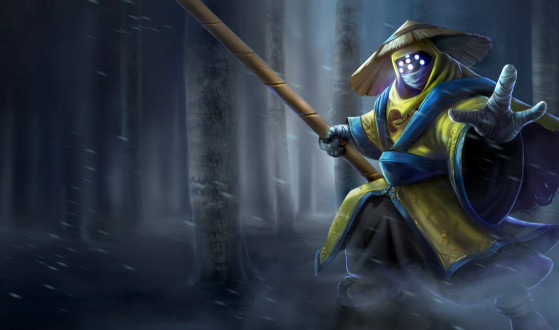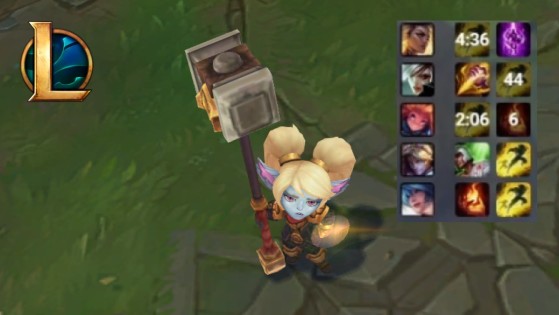Newcomers to League of Legends can complain about the balancing of new champions, certain decisions made by Riot Games regarding skins, or even annoying bugs. The truth is the game still ain’t perfect and that developers will never be able to simultaneously satisfy all players. However, it is very difficult to say seriously that things were better a few years ago. Especially if you review the history of LoL and see how some stupid mistakes have led to aberrant situations.
How many do you want ? Yes.
One of our favorite stories about the serious and absurd issues Riot Games has faced in the past has to do with items. Beyond the fact that some of the old objects were somewhat unbalanced, which is really striking, is the fact that there was no limit to the quantity of copies of a certain item, which allowed to have up to six identical objects, while accumulating their passive effects. For instance, one strategy that became quite popular was to buy six Sunfires with Evelynn and finish off the rivals with her invisibility.
The champion was simply chasing her enemies to inflict passive damage from Solar Cloaks. By not having the “unique” label, the life points subtracted from his opponents were multiplied by the number of times the object was present in the inventory. Let us also specify that the invisibility mechanic was very different from the one we know today, and Evelynn could literally stick to an opponent for several seconds without the latter being able to retaliate if he didn’t have a pink ward or an allied tower nearby.
Other champions could stack the same item, and it was not uncommon to see certain mages (Veigar/Ryze/Karthus in mind) playing with it several Archangel Staffs to accumulate a total amount of AP exceeding 1000. These mage builds were more fun than anything else, and apart from making a screen with a big number and showing off on the forums, it was better to diversify the items. If the Solar Cloak was quickly patched with a unique passive, this was not the case for all objects, and it was not until a new aberration that Riot Games took the problem head on.
League of Black Cleaver
The effect of this item was similar to its current version. It reduced the armor of each target hit by an auto-attack by 7.5%. The problem, again, is that this effect was multiplied by each copy of the item the player had in their inventory. In this way, if a player bought it four times, it reduced their opponents’ physical damage resistance by 30% with each hit. Additionally, it also provided 15 armor penetration per unit purchased (equivalent to lethality today). This created a combo that dealt raw damage to all opponents, once a few copies purchased.
Riot Games fixed the issue by adding unique terms first in the pene flat, then in the passive of the object. Unique effects have become more and more common in League of Legends over the seasons, to the point of becoming the norm today. It is no longer even possible to stack certain items with common mechanics, such as the Muramana and the Archangel both of which require you to stack a Tear of the Goddess.
Riot Games never answered the question of why the items weren’t unique from the start. However, making everything unique would have caused problems early in the game for some archetypes. ADCs used to build several Phantom Dancers, simply because it was the only item in the game to offer attack speed and critical hit. Next, they explained that making an object unique isn’t just about ticking a box when developing it. We can therefore imagine that this involved a lot of fiddling with the code, and that it was not necessarily simple. However Since the big overhaul of items, all of them have become unique. Like what, playing silly builds can sometimes help improve a game.


